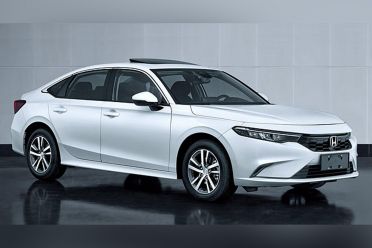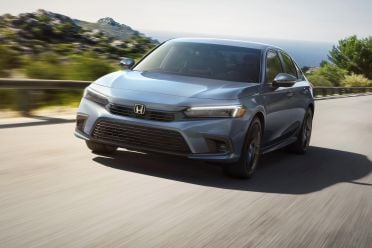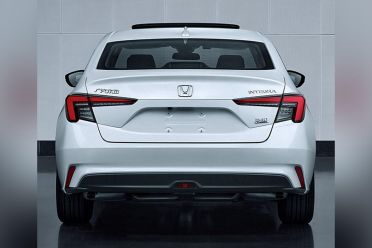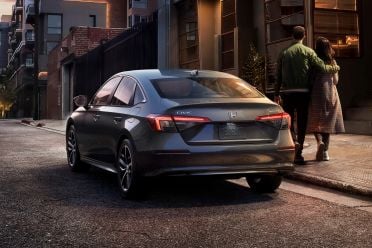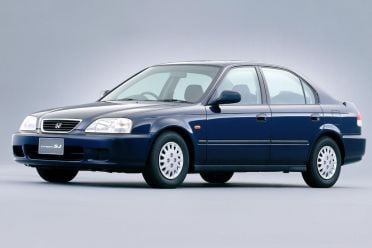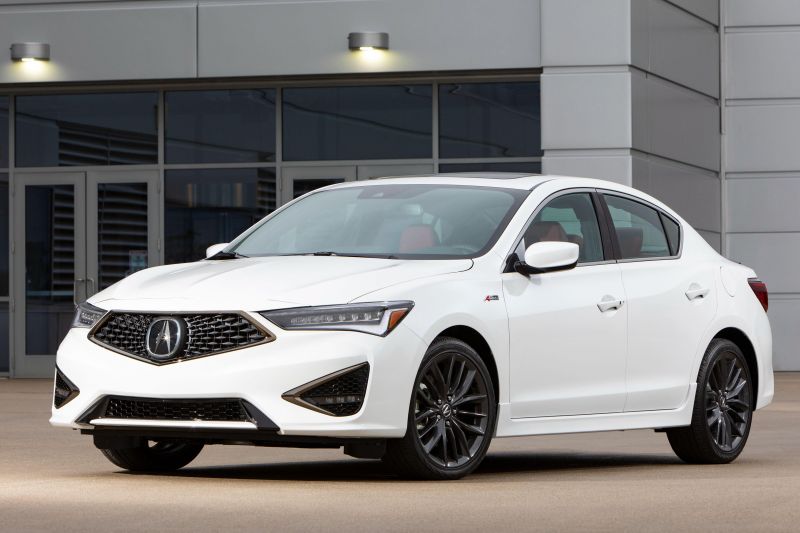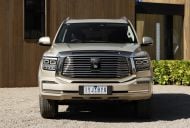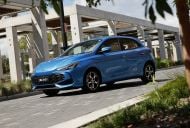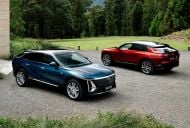The Honda Integra is back! Well, at least the name is. The spirit of earlier incarnations may be waiting to inhabit the upcoming Acura Integra instead.
Images of the new Honda Integra have been leaked via submissions to China’s Ministry of Industry and Information Technology, and it’s basically a lightly revised version of the 11th generation Civic sedan.
Up front there are new headlights, a smoother bumper, and a different grille design.
At the back, the centre section of the tail-lights has been slimmed down, the licence plate holder modified, and the bumper given a cleaner look.
It all adds up to a sportier and more dynamic look, but for fans of the 1985 to 2006 iterations, it will be a disappointment.
This is not the first Integra sedan, with the first three generations of the Integra all available with four passenger doors.
Indeed, it’s not the first time the Integra name has been applied to a thinly disguised rebadged Civic, with the 1996 Integra SJ made to satisfy one of Honda’s dealership networks in Japan.
The China-bound Honda Integra will differ significantly from the new Acura Integra that will go on sale in the US in 2022.
A teaser released in August shows that car will have a unique front-end treatment complete with sharper styling details and the brand’s signature zig-zag LED driving lights.
It’s widely expected the new Acura Integra will replace the ILX sedan, which has been on sale in North America since 2012.
Under the skin, the Acura Integra is expected to share its underpinnings with the latest Civic.
It will probably feature the 134kW/240Nm 1.5-litre turbocharged four-cylinder used in sportier Civic models, and maybe even a toned down version of the 228kW/400Nm 2.0-litre turbo from the Type R.
It seems highly unlikely either the Chinese or American Integras will make their way Down Under.
The revival of the Integra name in China is likely due to Honda having two local manufacturing partnerships there: one with GAC based in Guangzhou, and another with Dongfeng headquartered in Wuhan.
As with other automakers with multiple Chinese partners, Honda sells most of its locally produced cars through both channels, albeit with price and design differences, and often with unique names.
Existing examples include the CR-V and Breeze; Accord and Inspire; and Crider and Envix.





